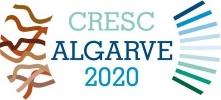Goals
The research developed fits the objectives of the Division of Geology and Marine Georecursos of IPMA, I.P., namely in the area of sedimentology and in the knowledge of the morphology of the seabed.
Research activities
Marine Geology essentially integrates the following research strands:
1) coastal geology and support for coastal management;
2) study of holocenic paleoenvironments (the last 10,000 years) based on estuarine and marine cores;
3) evidence of tsunamis in the continental shelf sedimentary record;
Also included is the seabed mapping component with the acquisition and processing of multibeam bathymetry and acoustic backscatter data.
Laboratory / Equipments
The EEMT Marine and Coastal Geology Laboratory represents one of the centers of the “Geological Oceanography Laboratory (GOLD)” financed by the National Roadmap for Research Infrastructures of Strategic Interest (RNIE) under the EMSO-PT project. It consists of two rooms and a container where the existing equipment (mostly acquired within the scope of the referred project) allows the sedimentological characterization of marine and coastal sediments.
Room 1
Malvern Mastersizer 3000 – determines grain sizes by laser diffractometry (0.01 µm – 3500 µm range).
Calcimeter Eijekelkamp – determines the carbonate content.
Distribuidor de sedimentos – Retsch PT 100 – performs random, and the most representative as possible, division of sediment samples.
Sediment Mill – Retsch PM 100 – performs the grinding of sediments for analysis of carbonates and organic matter.
Room 2
Retsch Camsizer P4 – Analyzes grain size and shape by image analysis (20 µm – 30 mm range).
Micro-Raman – Witec Alpha 300R – allows the identification of the mineralogy of sand / microplastic grains by comparing the determined spectral signature with an existing database.
Lupa Leica MZ16 with camera and monitor.
Containerized Laboratory
Geotek MSCL-XCT – It allows linear X-rays (2 D) of computed tomography (3D). With this type of analysis (non-destructive) it is possible to define and characterize sedimentary structures in drilling, which allows to know the deposition conditions.

Calcimeter-Eijekelkamp 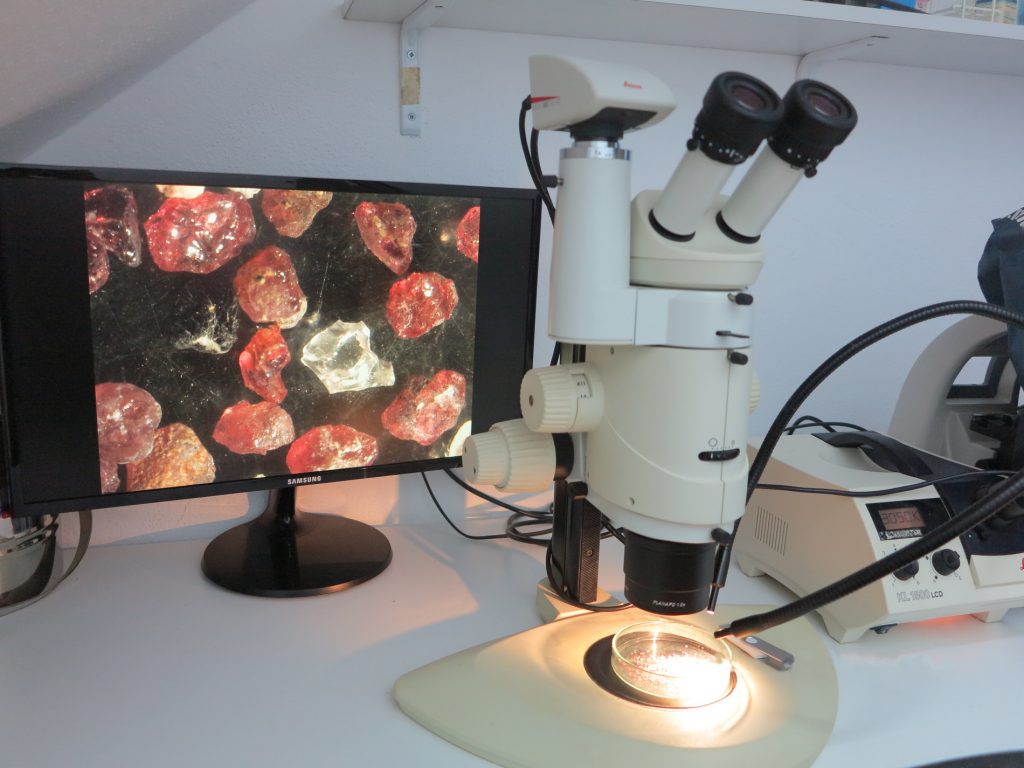
Binocular microscope 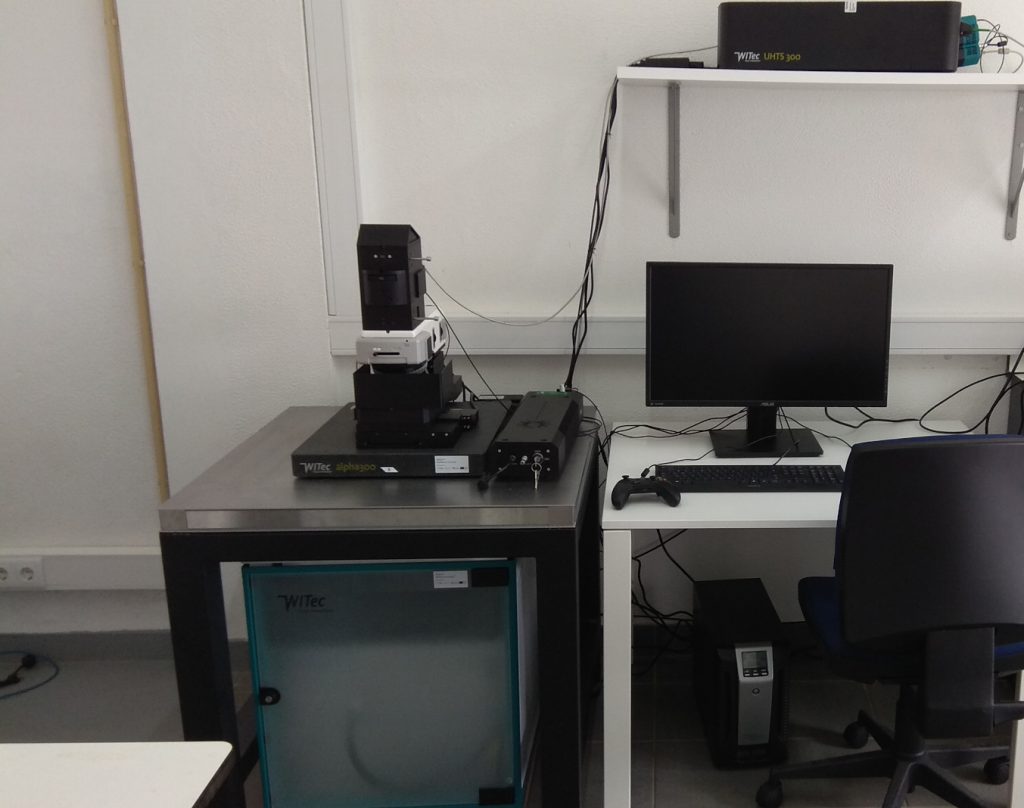
Witec Micro-Raman Alpha 300R 
Malvern Mastersizer 3000 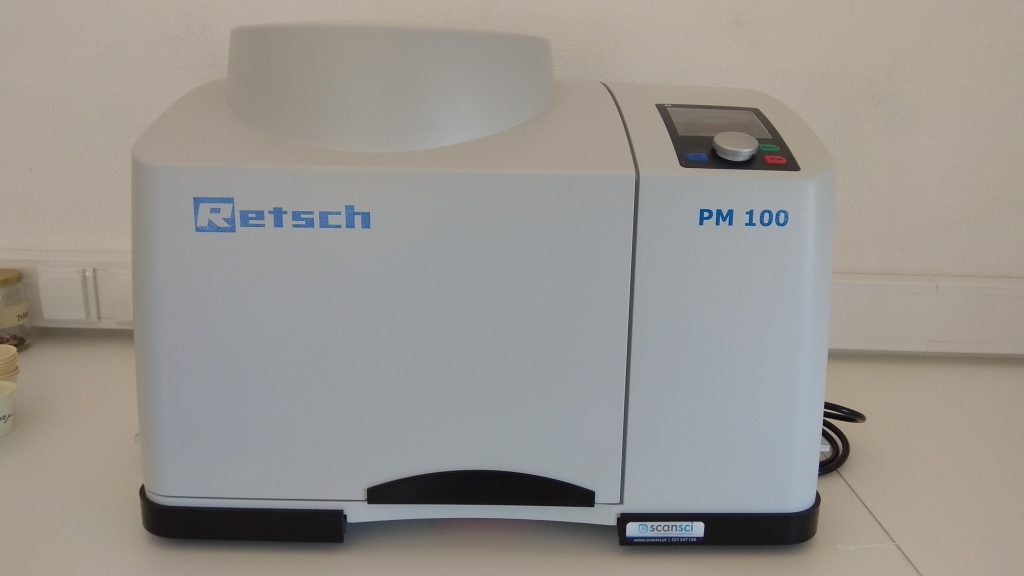
Retsch
Planetary Ball Mill PM100
Geotek MSCL-XCT 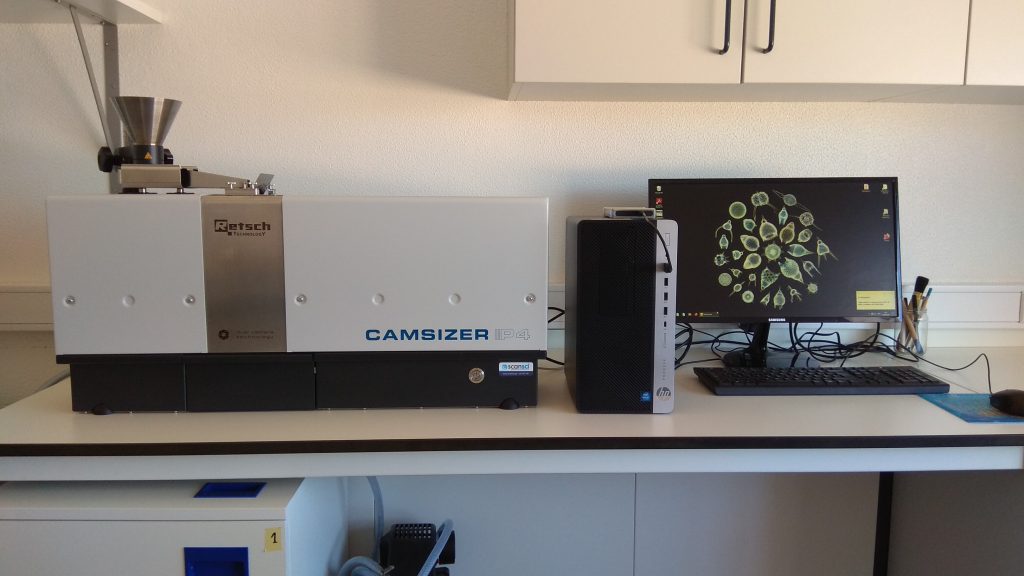
Retsch Camsizer P4 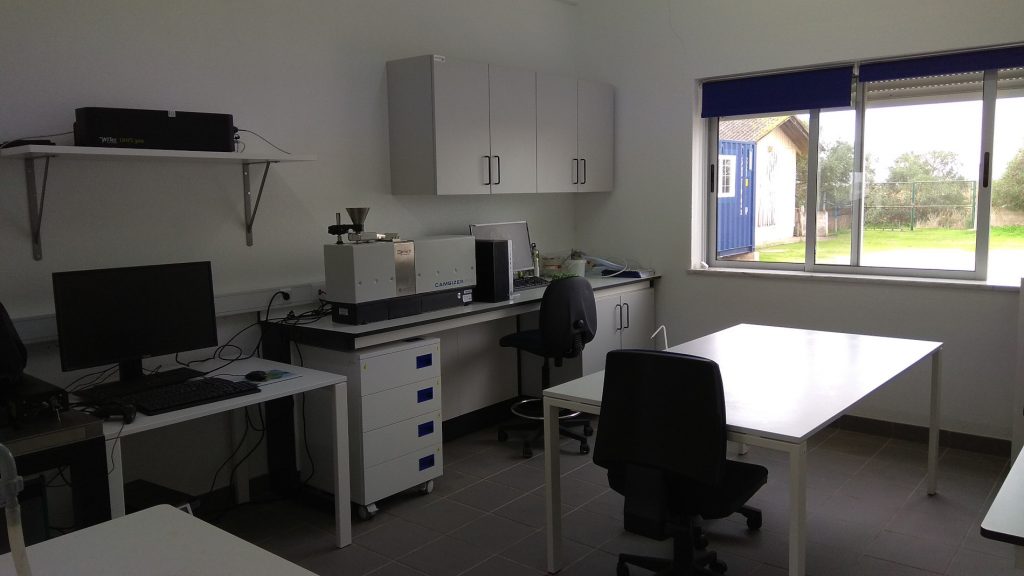
Sedimentology Laboratory – Room 2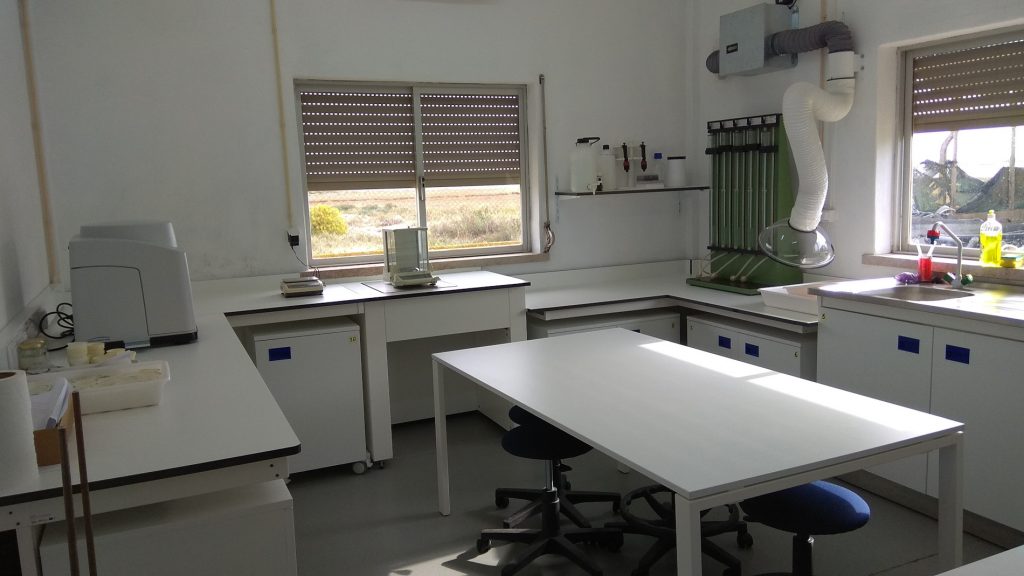
Sedimentology Laboratory – Room 1
Projects
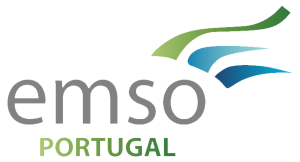
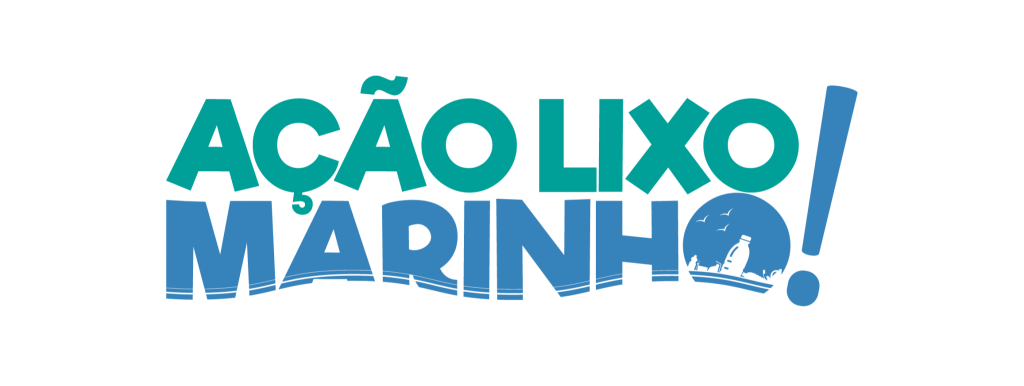


ECOEXA
Characterization of the impact of sand extraction and assessment of the ecosystem recovery rate
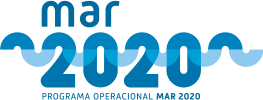



EMODnet
Gateway to marine data in Europe
Team
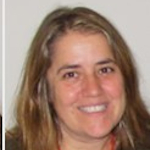
Teresa Drago
Researcher

Marcos Rosa
Senior Technician

Ana Alberto
Scholarship IDL

Jacqueline Santos
Scholarship EMSO-PT

